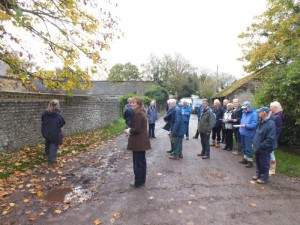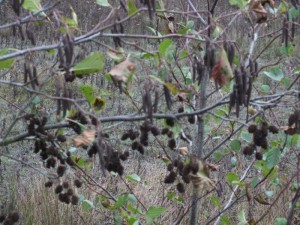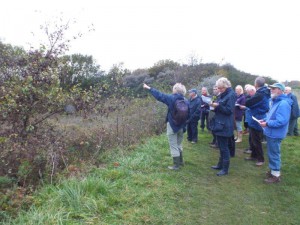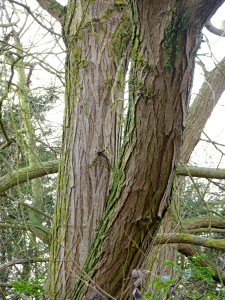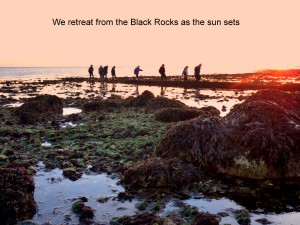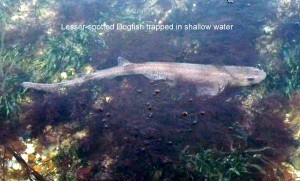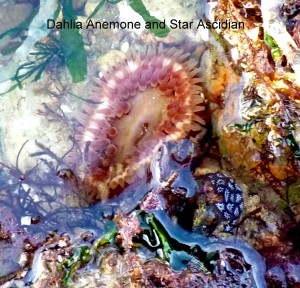Our Chairman David Bettiss opened the November meeting with news of a proposed Community Orchard at the Glebelands recreation ground. David asked members if they would like to donate Sussex Heritage Fruit Trees available from the Ferring Country Centre.
Next on the agenda we were taken on ‘A Sussex Wildlife Safari’ by Michael Blencowe from the Sussex Wildlife Trust (SWT). This was Michael’s second visit to our Group this year and with his usual flair and enthusiasm he invited us to jump aboard and tighten our seatbelts for a whistle-stop tour of the SWT reserves in Sussex. Michael highlighted the fact that we in Sussex are fortunate to have over 1800 hectares of land, covering 30 reserves that include a natural diversity of varying landscapes providing ideal habitats for a wide range of species.
Our first pit-stop was at Amberley Wild Brooks. Michael informed us that these grazing meadows were ideal for spotting insects, mice, voles and owls, and if you were fortunate you may experience a rare glimpse of a white-tailed eagle. Also miniature wet woodlands have been formed by willow and alder trees.
Further along our route we came to Levin Down. This chalk grassland is part of only 3% that still exists on the South Downs and over 40 species of wildflowers can be found per square metre of land.
Graffham Common is the newest of SWT’s reserves and was the 8th stop on our journey. This reserve is a ‘work in progress’ as tree clearing is still ongoing although 30% of pine trees will remain as perches for birds and woodlark and nightjars are regular visitors.
With our journey through West Sussex at an end we crossed the border into East Sussex and eventually arrived at Rye Harbour where we learned that this SSSI area is ideal for spotting many wading birds, including lapwings, golden plovers, curlew, oystercatchers and many other winter visitors.
With over 200 miles on the clock we crossed back into West Sussex to reach our final destination at Wood Mills, the SWT headquarters. At this reserve we were able to finally stretch our legs and learn that with a coppice woodland, meadows and large reed-fringed pond this is an ideal area to spot kingfishers and nightjars.
‘Conserving nature’ was a new concept introduced in May 1912 by Charles Rothschild, a rich landowner. This initiative eventually became the Royal Society of Wildlife Trusts which campaigned to secure Government protection for sites worthy of preservation across the UK. If only all landowners were as enlightened and sympathetic to wildlife as Charles Rothschild.
After tea Martyn Burkinshaw, a Community Parks Officer from Arun District Council, spoke to us regarding ‘Wildflower Meadows’ in the open spaces in Ferring. Martyn stressed the importance of the correct maintenance of these mini wildflower meadows by mowing only after the flowers have had a chance to reseed. He also advised the strict control of grasses and thistles but even with this plan in place this did not guarantee native species only would grow.
In news of bird sightings in and around Ferring Clive Hope advised us that the recent cold snap had increased the number of visiting wading birds to around 400, plus 150 brent geese had been spotted foraging on fields in the Gap. The short-eared owls were still present in the area, goldfinches were seen at the Country Centre and buzzards at East Preston. Clive commented on the absence of blackbirds and song thrushes in local gardens and that chiffchaffs were often seen in the tamarisk trees along Patterson’s Walk.
To conclude our meeting Ed Miller gave us an update on planning issues by informing us that Peugeot had appealed against Arun DC decision to refuse permission for a distribution centre on adjacent land to their existing garage. Ed advised us that the planning application by Foschini’s Nursery for 6 holiday lodges and conversion of a packing shed to owner’s accommodation had been supported by Ferring Conservation Group with the condition that the 6 holiday lodges were built first.







